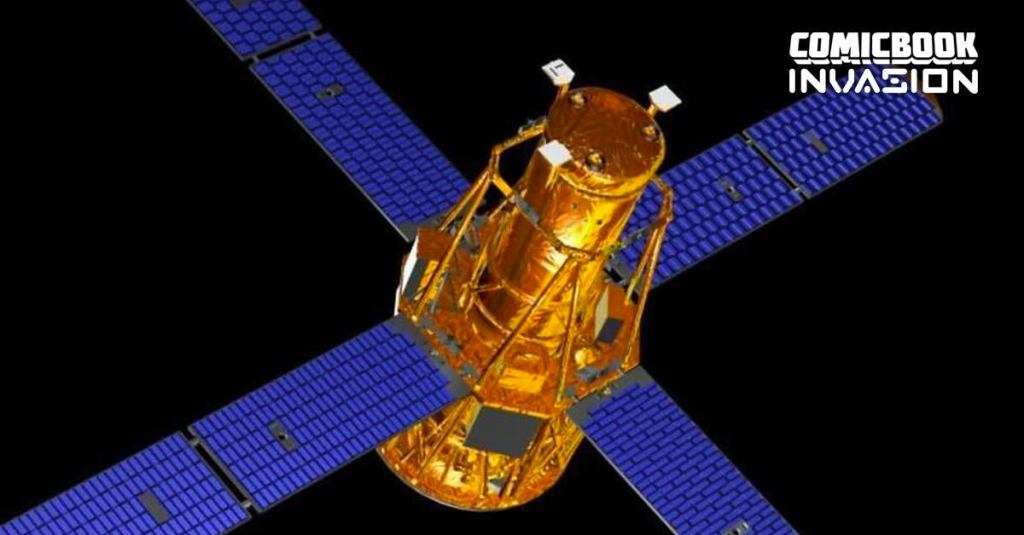A decommissioned NASA satellite is barreling towards Earth and is expected to crash into the planet sometime Wednesday. The majority of the agency’s Reuven Ramaty High Energy Solar Spectroscopic Imager (RHESSI) spacecraft is expected to burn up upon reentry, though officials say it’s likely some components will survive reentry and make contact with the surface of the planet. That said, NASA says the risk is low for any of the components to harm anyone on Earth, with a one in 2,467 chance for impact.
Videos by ComicBook.com
First launched into service in 2002, RHESSI was tasked with observing solar flare from its location in low-Earth orbit, giving scientists new data about the Sun. It was in service through 2018 when it was taken offline. According to the Department of Defense, the satellite is currently on track to make reentry around 9:30 p.m. Eastern on Wednesday, April 19th. That estimation is as of Monday, with a margin of error of +/- 16 hours.
“During its mission tenure, RHESSI recorded more than 100,000 X-ray events, allowing scientists to study the energetic particles in solar flares,” NASA says of the craft. “The imager helped researchers determine the particles’ frequency, location, and movement, which helped them understand where the particles were being accelerated.”
The agency’s site adds, “Over the years, RHESSI documented the huge range in solar flare size, from tiny nanoflares to massive superflares tens of thousands of times bigger and more explosive. RHESSI even made discoveries not related to flares, such as improving measurements of the Sun’s shape, and showing that terrestrial gamma-ray flashes – bursts of gamma rays emitted from high in Earth’s atmosphere over lightning storms –are more common than previously thought.”
The reentry of RHESSI won’t be the first time this year a NASA spacecraft has crashed into Earth. In January, the agency’s Earth Radiation Budget Satellite (ERBS) burned up upon reentry after two decades in service.
“ERBS far exceeded its expected two-year service life, operating until its retirement in 2005. Its observations helped researchers measure the effects of human activities on Earth’s radiation balance. NASA has continued to build on the success of the ERBE mission with projects including the current Clouds and the Earth’s Radiant Energy System (CERES) suite of satellite instruments,” NASA said in a press release.
For additional space and cosmic stories, check out our ComicBook Invasion hub here.





